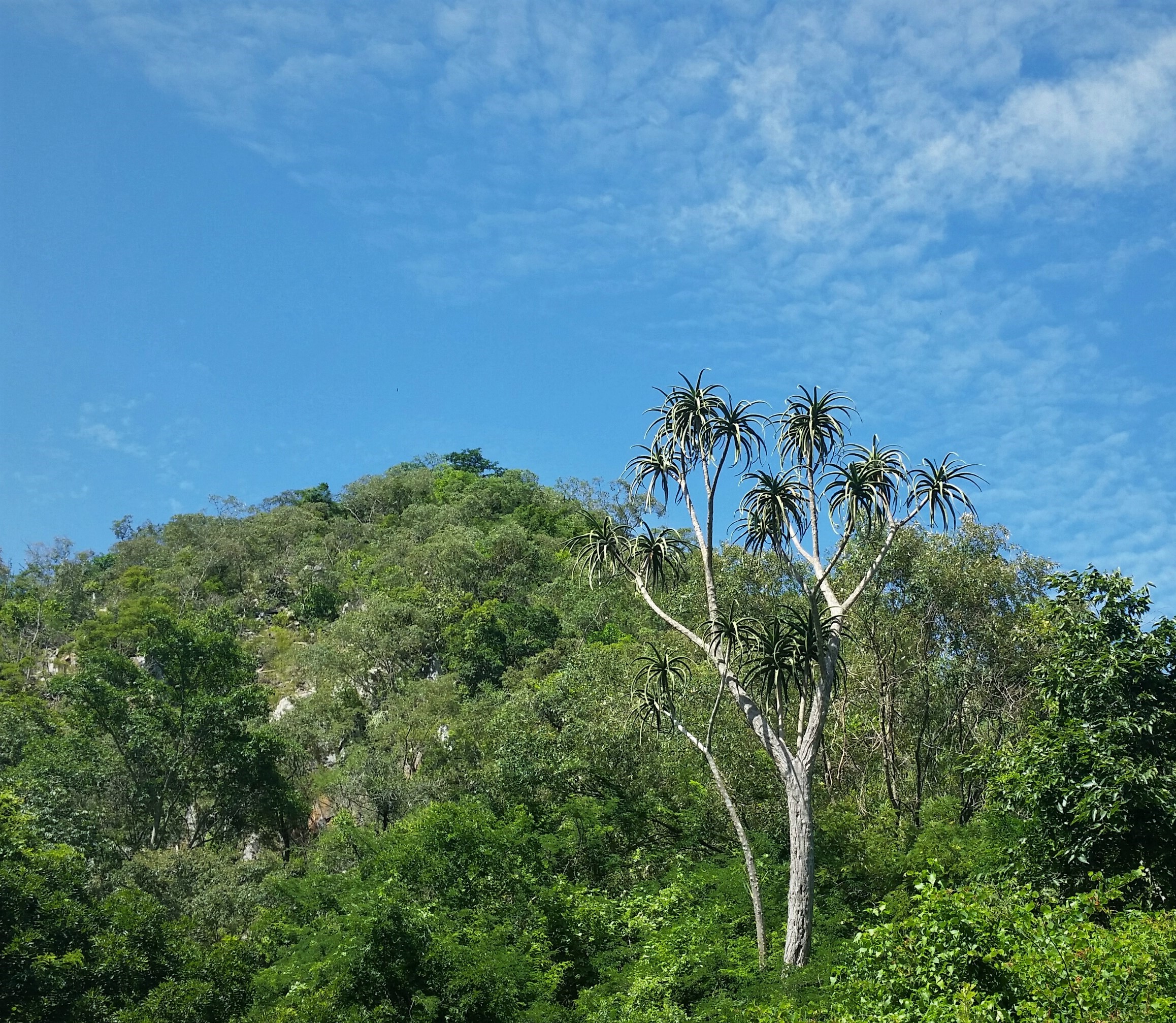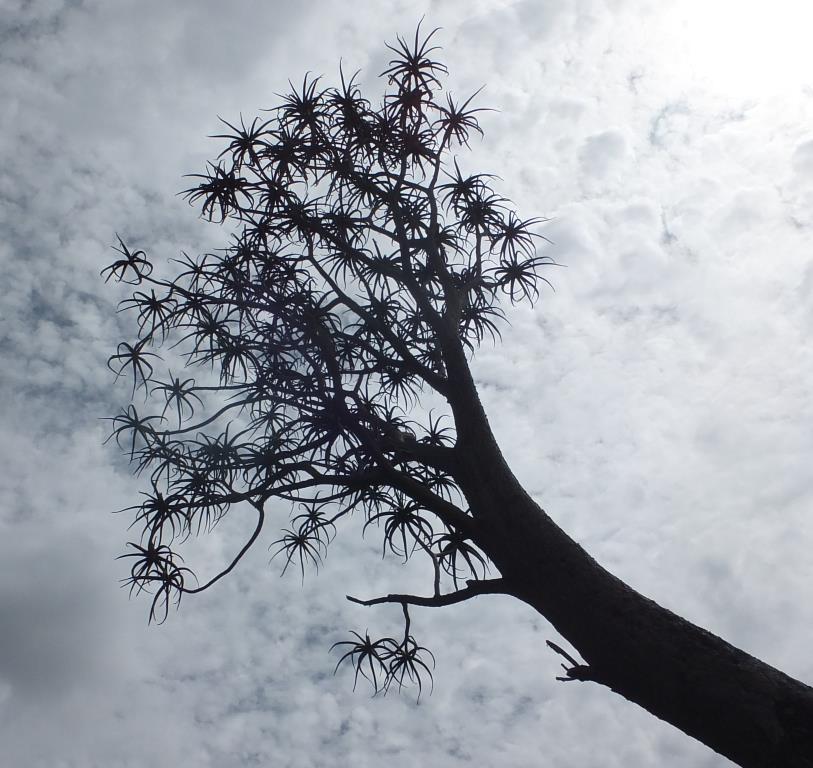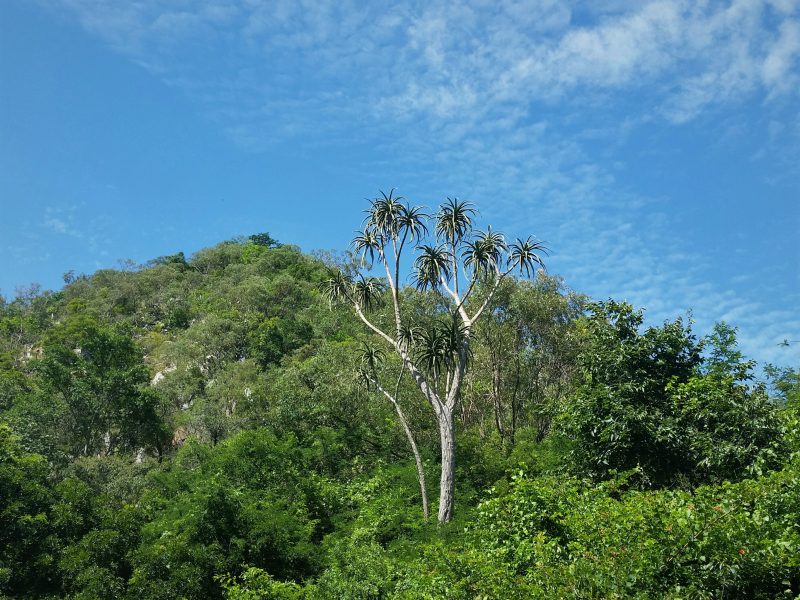 There is something magical about giant Aloes in their natural habitat. Like giant Euphorbias, they seem like the surreal green children of Mother Nature and with their unique architecture sticks out like a magnificent jewel between other trees on Mountainlands. Although they are referred to as trees they are in truth succulents with the ability to store water and sustain plant growth in times of drought.
There is something magical about giant Aloes in their natural habitat. Like giant Euphorbias, they seem like the surreal green children of Mother Nature and with their unique architecture sticks out like a magnificent jewel between other trees on Mountainlands. Although they are referred to as trees they are in truth succulents with the ability to store water and sustain plant growth in times of drought.
Aloe barberae/Aloidendron barberae, commonly named the Tree aloe, is the tallest of the six tree aloe species that occur in southern Africa and can grow up to 20 meters. Its grey bark is a distinguishing feature and it carries small rosettes of leaves at the top. This is also where its compact clusters of light reddish orange inflorescences can be seen from autumn to winter.
It is named after a distinguished naturalist, Mrs. Mary Elizabeth Barber, who was 2 when she and her family arrived in South Africa as 1820 settlers. She started collecting plants when she was still young and her keen observation skills led to her contributing specimens to, among others, the Royal Botanic Gardens, Kew, in Britain. She also corresponded with Charles Darwin and from 1870 to 1872 three of her articles dealing with insect pollination and flower structure were published by the Linnean Society, London. Barberton itself commemorates her sons, Fred and Harry Barber and their cousin Graham Hoare Barber, who discovered a reef of gold where the town is now located.
Mrs. Barber first came across Aloe barberae / Aloidendron barberae in the Eastern Cape from where its distribution range stretches north into Mpumalanga, Swaziland and onward to central Mozambique. Over the years these trees have become favourite garden plants – not only in South Africa, but also in countries like the United States of America, Hawaii and Australia. Although their natural habitat is in forests and wooded ravines, they may occur in more open areas.

